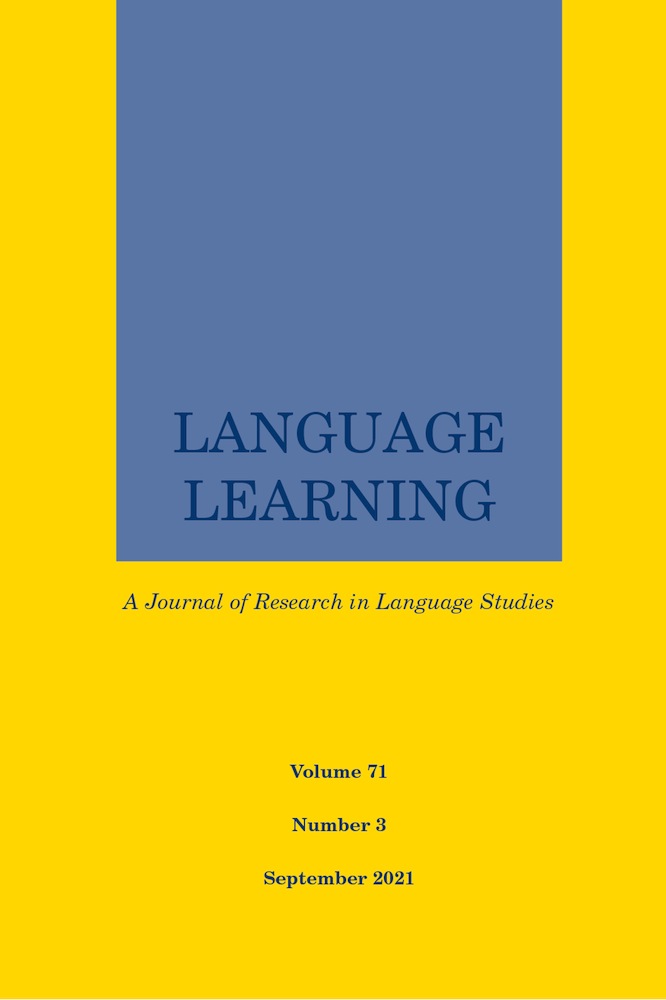The Effect of Speaker Proficiency on Intelligibility, Comprehensibility, and Accentedness in L2 Spanish: A Conceptual Replication and Extension of Munro and Derwing (1995a)
This work was funded by a University of South Florida Creative Scholarship Grant and by a University of South Florida Nexus Initiative Award to the first author and by an Iowa State University Social Sciences Seed Grant to the second author. We would like to thank the participants and our research assistants, especially Aneesa Ali and Bianca Pinkerton. We would also like to thank Joseph Casillas for his help with some of the statistical analyses reported in this paper.
Abstract
This study investigated the relationship among intelligibility, comprehensibility, and accentedness in the speech of second language learners of Spanish of varying proficiency in instructed contexts. It conceptually replicated studies by Munro and Derwing (1995a) and Derwing and Munro (1997), who found partial independence among the three speech dimensions but also evidence that proficiency may mediate the relationship between linguistic features of stimuli (e.g., phonemic and grammatical error rates) and speech dimensions. Speech data from 42 second language learners of Spanish recruited from two different universities were elicited via a semispontaneous speaking task: the picture-based narration from the initial study. Amazon Mechanical Turk was used to recruit 80 native Spanish listeners to transcribe and rate extracted utterances. The utterances were coded for grammatical and phonemic errors, goodness of prosody, and speaking rate. Analyses included mixed-effects models that allowed estimation of individual variation across facets of the data, particularly those of listeners.
Open Research
Open Research Badges
This article has earned Open Data and Open Materials badges for making publicly available the digitally-shareable data and the components of the research methods needed to reproduce the reported procedure and results. The article has also earned a Preregistered Research Designs badge for having a preregistered research design. All data, materials and the design that the authors have used and have the right to share are available at https://osf.io/4j5cr/ and http://www.iris-database.org. All proprietary materials have been precisely identified in the manuscript.




